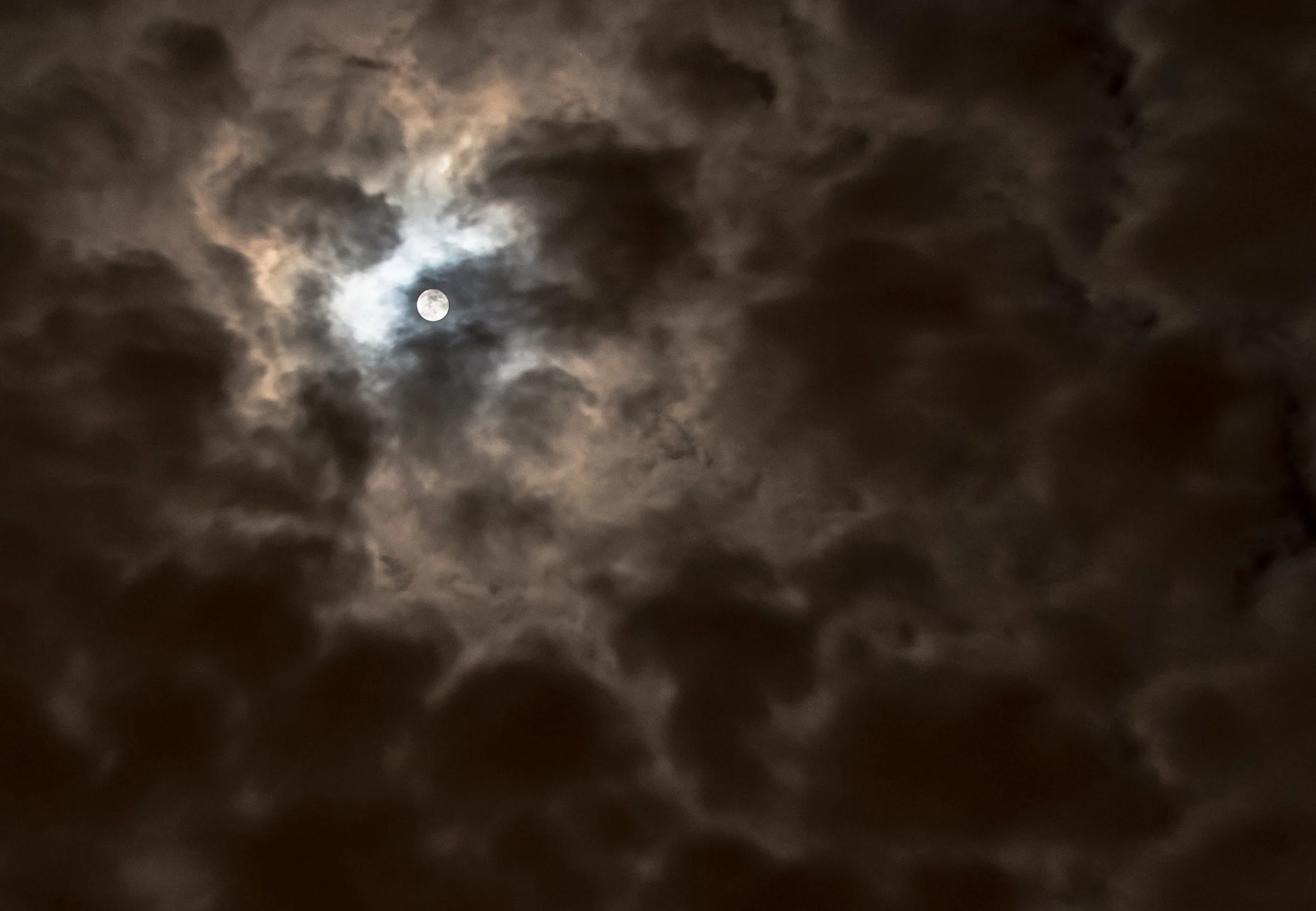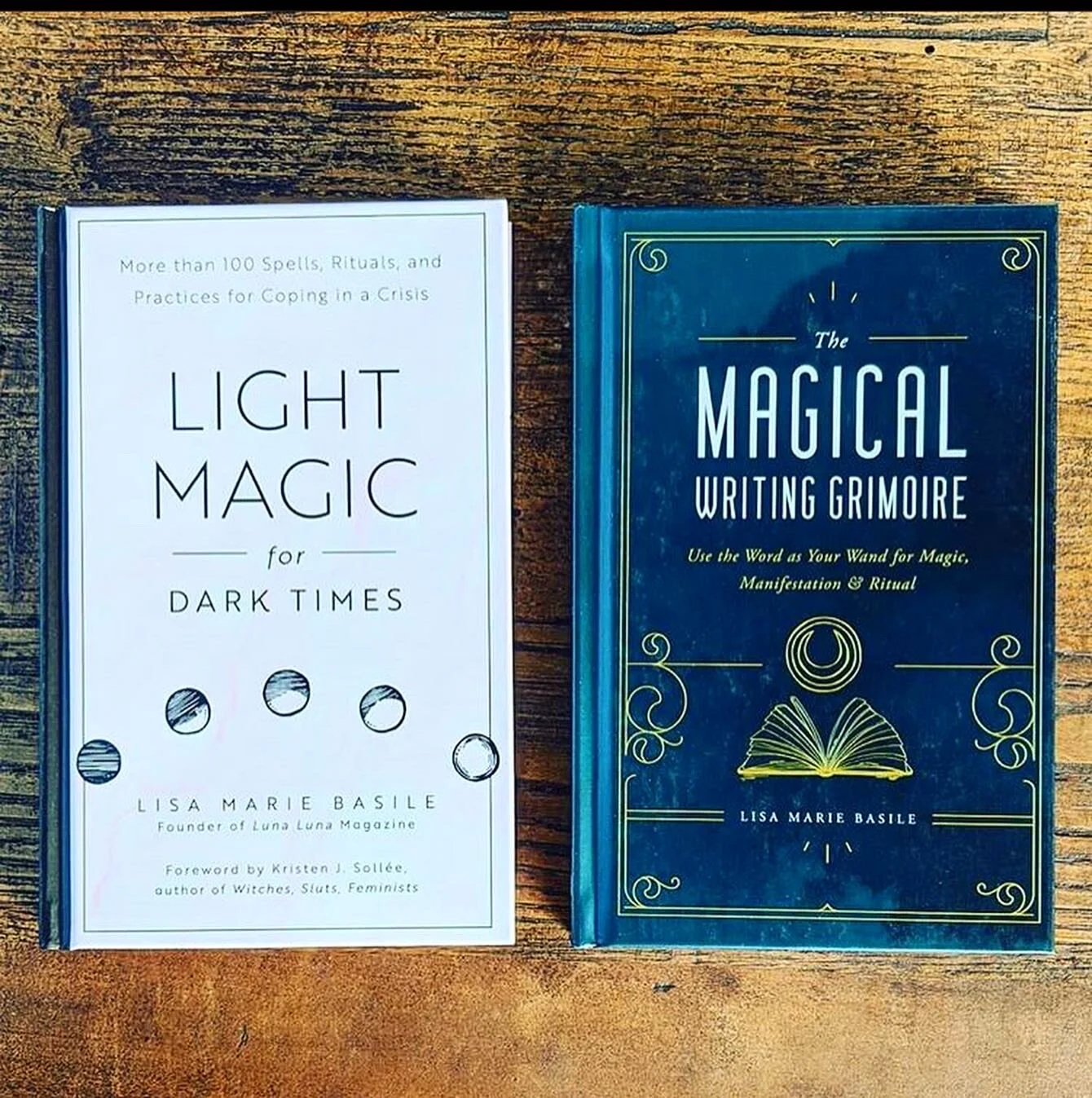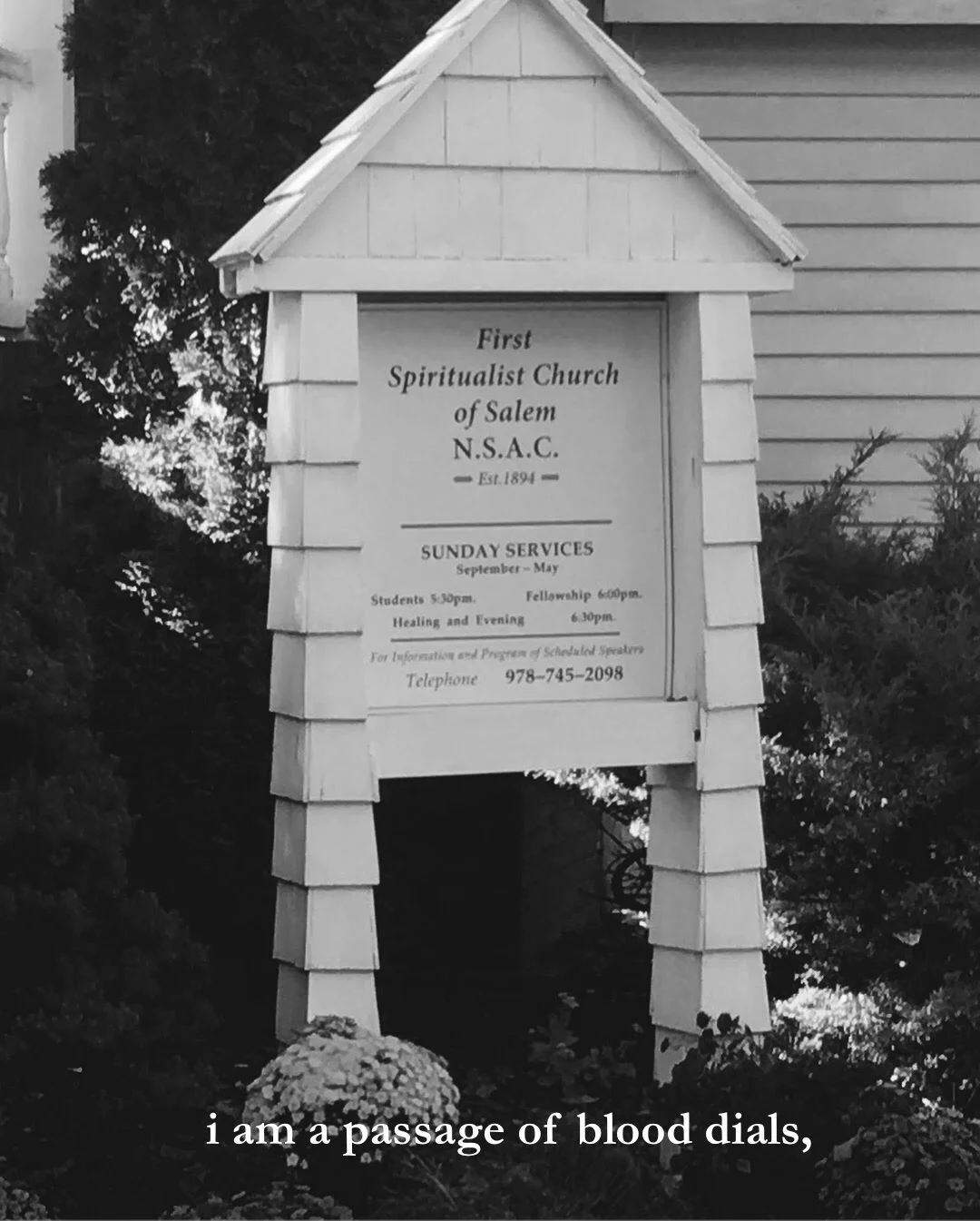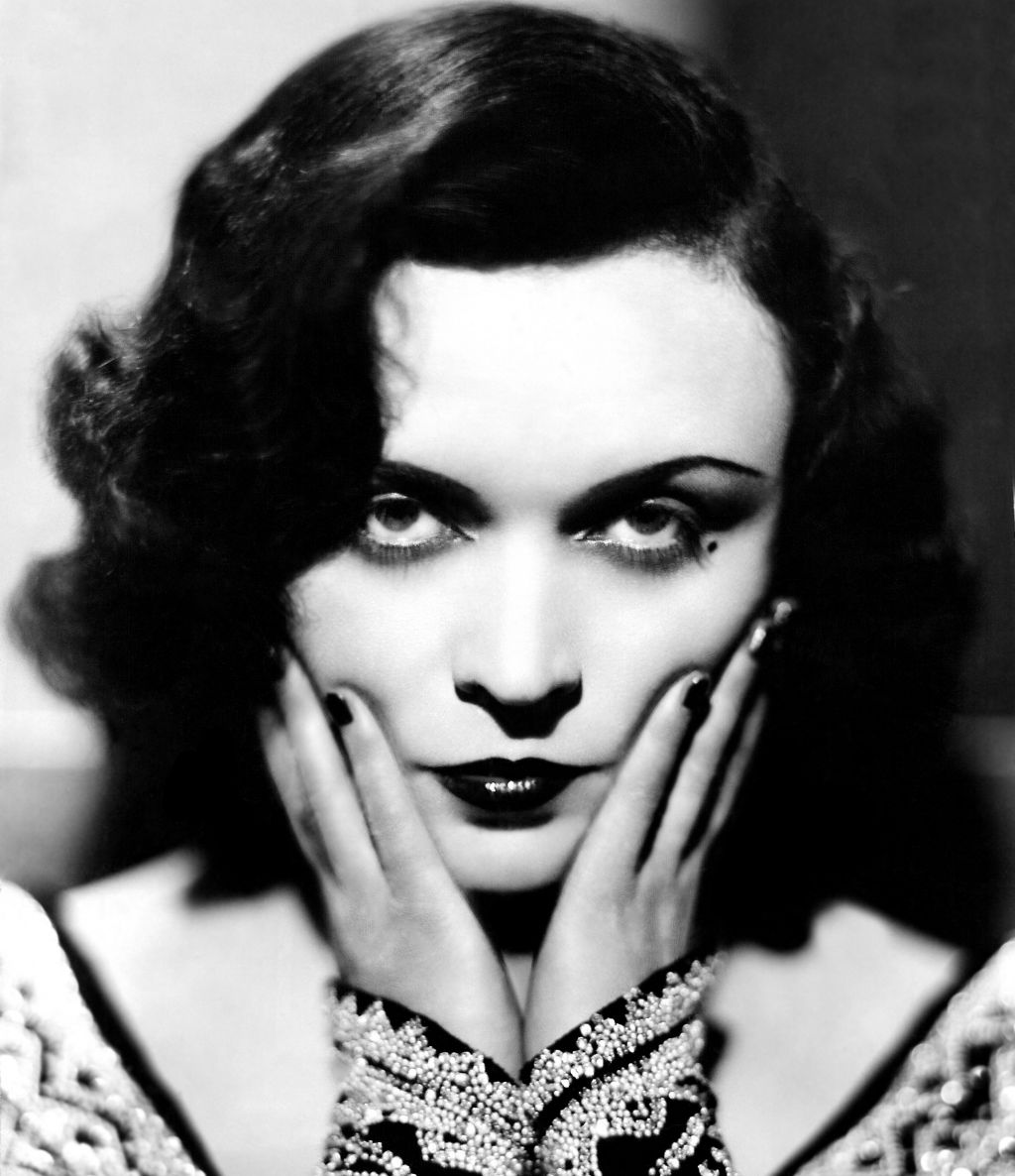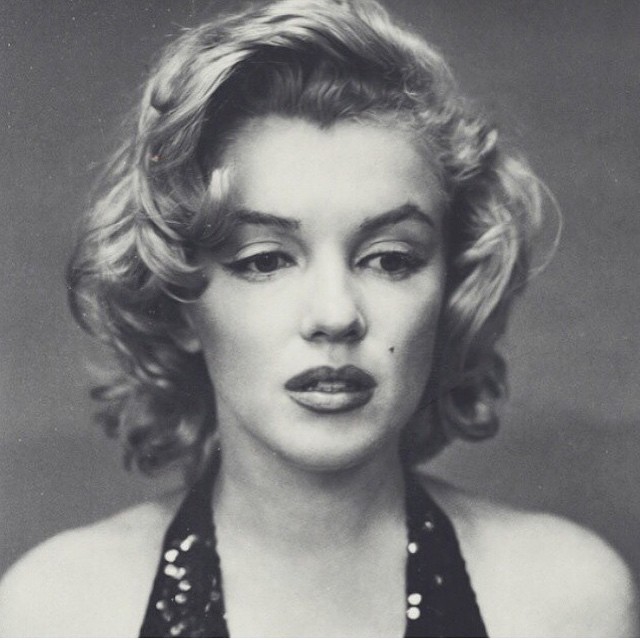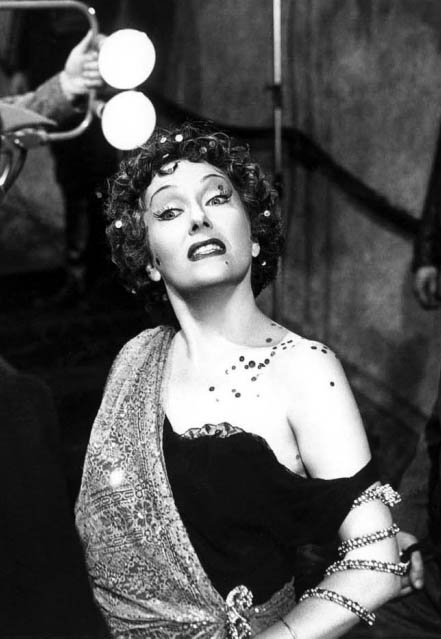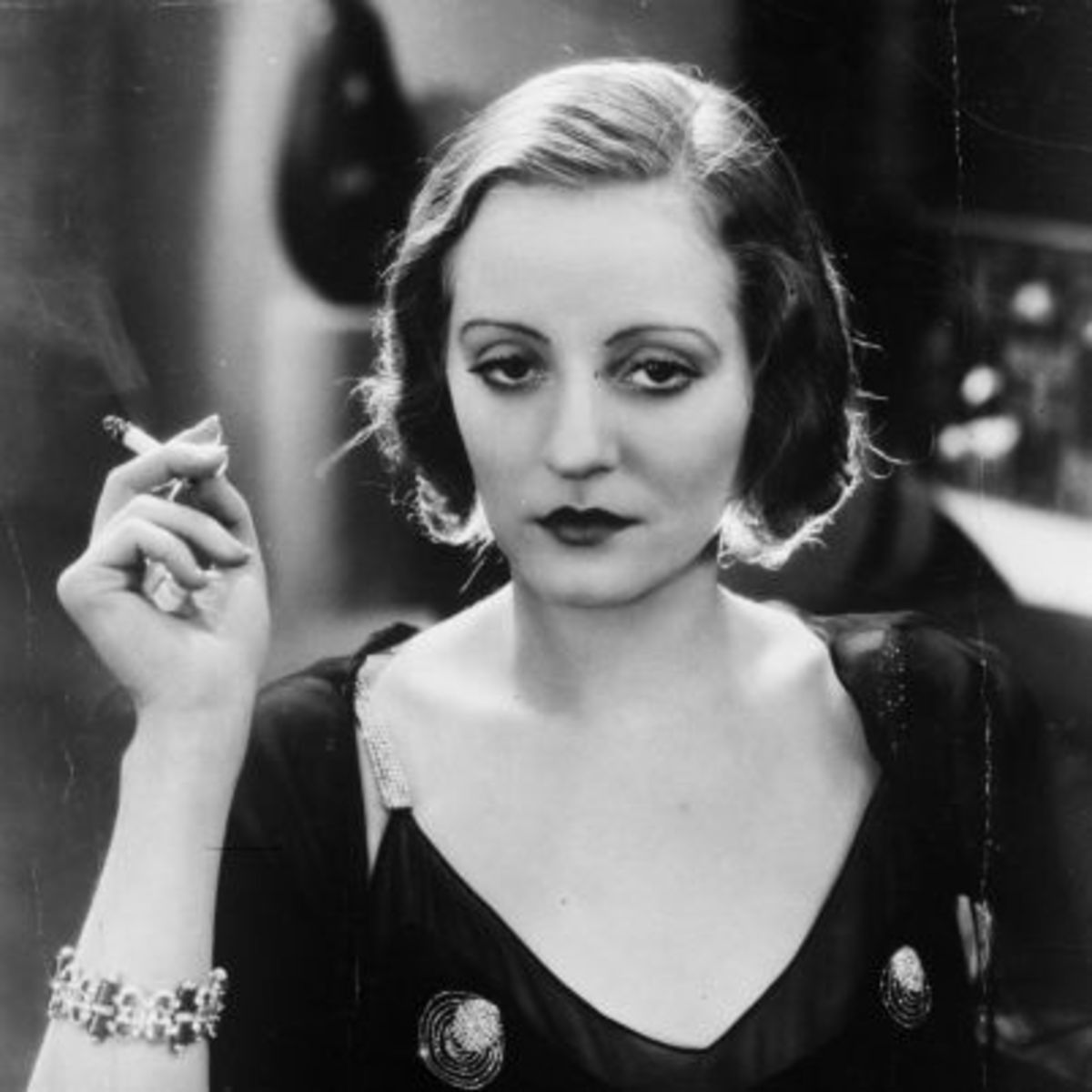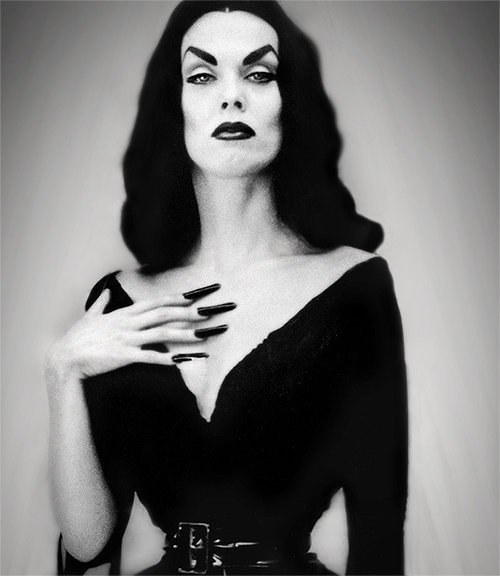BY TRISTA EDWARDS
The headline read, "James Dean’s Black Madonna: The Most Chilling and Tragic Love Story in Hollywood History." The scandal magazine, Whisper, ran this issue in February 1956, just a little over four months after Dean’s fatal automobile accident. The "Black Madonna" who so many blamed for Dean’s death was his supposed friend and rumored lover, Malia Nurmi; otherwise known as America’s very first late-night TV horror host, Vampira.
Photo Credit: James Dean & The 'Fab' 50s
Already a disruptive and rebellious female figure to 1950s ideals, Vampira’s gothic and lurid image of sex and death was all many Americans needed to link her to the dark arts, the occult, and witchcraft that took down a promising Hollywood heartthrob. If you are not entirely familiar with Vampira she was and remains a powerful example of mid-century female sexual rebellion. Through her late night variety-style show, Dig Me Later, Vampira, she overtly mocked the role of the submissive mid-century housewife with unapologetic eroticism.
Photo Credit: Shadow Cabaret
Vampira was born in an era when being the perfect housewife meant everything. Women of the "Greatest Generation" were told large, shiny efficient appliances to make domestic work faster, easier, were all their hearts' desired. Women cooked, cleaned, voted how their husbands told them to vote, and only had sex as a means to appease their spouse or beget another child. They stayed home, they stayed dutiful, they stayed quiet.
Vampira refused to do any of this. She was not silent. Vampira screamed.
Vampira was sex and death all wrapped up in a tight black tattered dress with a slit up the leg. She had soft raven hair, long phallic nails, dark lips, and commanding eyebrows arched just so. And she floated through the night's eerie haze, through the airwaves of the family television and right into the living room to let out a brash, horrifying, yet pleasurable scream. She would look right into the camera, right into your eyes, calm after such a gratifying orgasmic release and say with a coy smile, "Screaming relaxes me so," right before she introduced the nightly flick.
I had recently discovered this link between the pioneering horror hostess and James Dean while reading historian David J. Skal’s study on the culture of horror, The Monster Show in which he mentions the two icons initially bonded over a shared interest in the occult. Their relationship remains ambiguous, not entirely clear if it was platonic or romantic, and most of the stories surrounding the couple exist solely as rumors that cast Vampira as an evil witch who cursed Dean to death for scorning her.
Related: Tits and Demons: Five Possession Films That Are Actually About Female Sexuality
I say Vampira instead of Nurmi because where Nurmi and Vampira began and ended is often indecipherable. She lived, breathed, performed, existed in character. Never really appearing as herself but always as Vampira. Nurmi, once described the character of Vampira as a combination of Pola Negri, Marie Antoinette, Marilyn Monroe, Norma Desmond, and Tallulah Bankhead all rolled into one, but I really think it was Nurmi who was a melting pot of personalities and Vampira was just the mask she worn most often.
America viewed Vampira as a dangerous woman bent on satirizing and disrupting the ideal image of a demure housewife, cocktail in hand, ready to serve her husband home from the office. So naturally she became the sorceress who summoned a young, handsome star to the grave.
W. Scott Poole details more of the rumors surrounding the glamour ghoul in his book, Vampira: Dark Goddess of Horror. Vampira’s alleged infatuation with Dean (an enthusiasm that was unrequited) led her to craft a handmade postcard meant as one of her macabre jokes that shows her sitting alone on a folding chair next to an open grave. The card read, "Darling, Come and Join Me." The postcard was supposedly later snagged by journalists and printed in Whisper.
Photo Credit: The Drunken Severed Head
Infamous 1950s gossip columnist, Hedda Hopper, apparently roused Dean up in an a conversation about Vampira in which he shouted, "I don’t go out with witches." The comments seemingly upset Vampira when she heard them and left her feeling wounded by her perceived friend. As a response to what she saw as self-destructive behaviors with his car racing, Vampira purportedly built an alter to stop Dean from killing himself. A mutual friend and LA writer, Logan Smiley, claims to have witnessed the alter seven months before Dean’s death, although this is now believed to be bunk and part of the generated hype to pin Vampira as the sinister origin of the actor’s death. Hopper ran stories of Vampira conjuring black magic and other occult and supernatural forces to curse Dean for his snide comments and unrequited love. Vampira became the queen of darkness, the literal bloodsucking vampire that stalked and damned America’s fledging golden boy to the grave.
Related: Identifying with the Vampire: Theda Bara's Century Old On-Screen Iconoclasm
What is known, true or not, is Vampira did little to dispel these rumors. Hell bent on upturning the status quo and not succumbing to what society expected of her, i.e.: women; Vampira made what I believe to be a defiant, albeit rather odd and slightly insensitive, statement that Vampira and only Vampira will control her own narrative.
Vampira showed up, uninvited, at a Hollywood costume party dressed as a witch complete with the obligatory pointy hat. Her unidentified date came as a bandaged James Dean indeed playing with the rumors that she was a witch who could resurrect Dean from the grave and also that she was the witch who put Dean in the grave.
Additionally, there was also the urban legend that Dean was not dead; he was just so horribly scared that family and the studio faked his death and he was institutionalized because the automobile crash left him disfigured. Although much context of the situation is left wanting, a photo does exist of this daring appearance.
Photo Credit: Ownzee
Vampira’s career faltered after Dean’s death. Perhaps in part from the scandalous rumors surrounding her and Dean and her alleged occult ties. Perhaps for entirely different reasons altogether. She would not accept the press crafting stories about her so she made them her own. She refused to be painted the petty, scorned lover. She refused to be America’s housewife and she wasn’t going to be its witch either. At least, not on anybody’s terms but her own.
Trista Edwards is poet, land mermaid, light witch, horror enthusiast, creatrix, traveler, feminist, and dog lover. She is also the curator and editor of the anthology, Till The Tide: An Anthology of Mermaid Poetry (Sundress Publications, 2015). She is currently working on her first full-length poetry collection but until then you can read her poems at The Journal, Mid-American Review, 32 Poems, Birmingham Poetry Review, The Boiler Journal, Sou’wester, Queen Mob's Tea House, and more. She writes about travel, ghosts, and poetry on her blog, Marvel + Moon (marvelandmoon.com).




